Articles
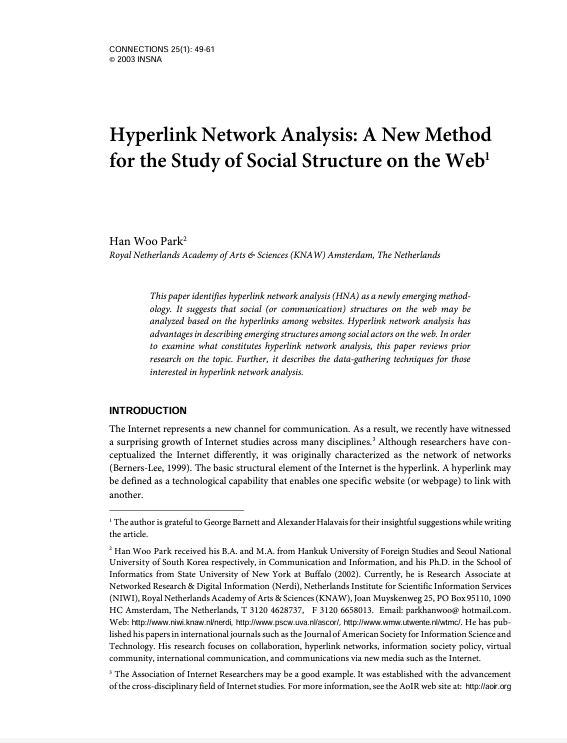
Park, Han. (2003). Hyperlink network analysis: A new method for the study of social structure on the web. Connections. 25. 49-.
This paper introduces Hyperlink Network Analysis (HNA) as a novel methodology for examining social or communication structures on the web through the analysis of hyperlinks among websites. The paper provides an overview of prior research on HNA and outlines data-gathering techniques for those interested in conducting hyperlink network analysis.

Bhargava, Puneet et al. “How Effective Are Tiktok Misinformation Debunking Videos?” Harvard Kennedy School Misinformation Review (2023): n. pag. Print.
This paper explores TikTok's role in citizen-led debunking, where users correct misinformation. In a study with 1,169 participants, they rated the credibility of (1) misinformation, (2) a correction, or (3) both ("debunking").
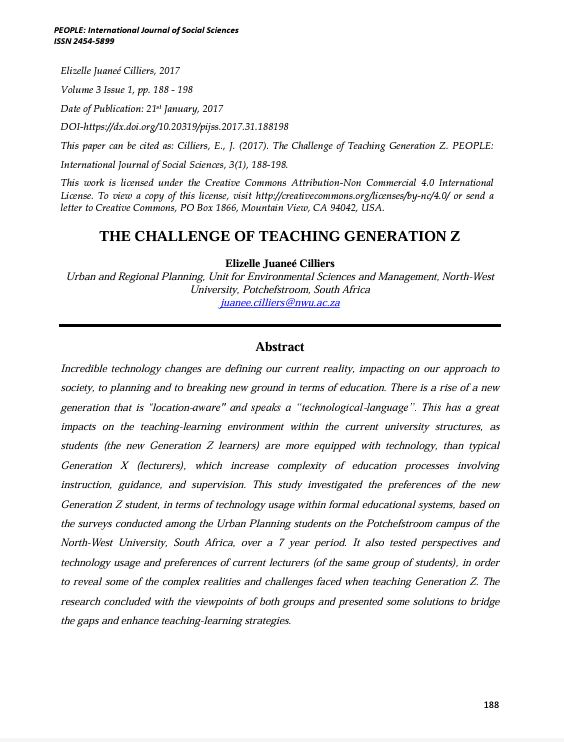
Cilliers, Elizelle Juaneé. “The Challenge of Teaching Generation z.” PEOPLE: International Journal of Social Sciences 3.1 (2017): 188–198. Print.
This paper explores the impact of incredible technological changes on education, specifically investigating the preferences and challenges faced by Generation Z students and Generation X lecturers in a university setting. The study, conducted over seven years at North-West University in South Africa, highlights the complexities in adapting teaching methods to the tech-savvy Generation Z learners.
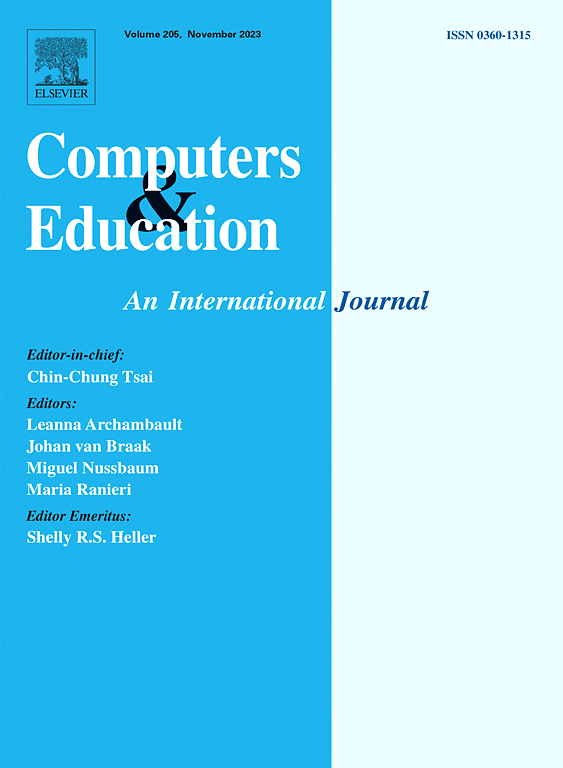
Jin, Sung-Hee. “Visual Design Guidelines for Improving Learning from Dynamic and Interactive Digital Text.” Computers ; Education 63 (2013): 248–258. Print.
This paper explores the development and validation of visual design guidelines for enhancing learning from dynamic and interactive digital text. The study, involving 141 university students, establishes the effectiveness of structure and selective-attention design guidelines in improving text comprehension, essential content understanding, and overall usability of digital text.
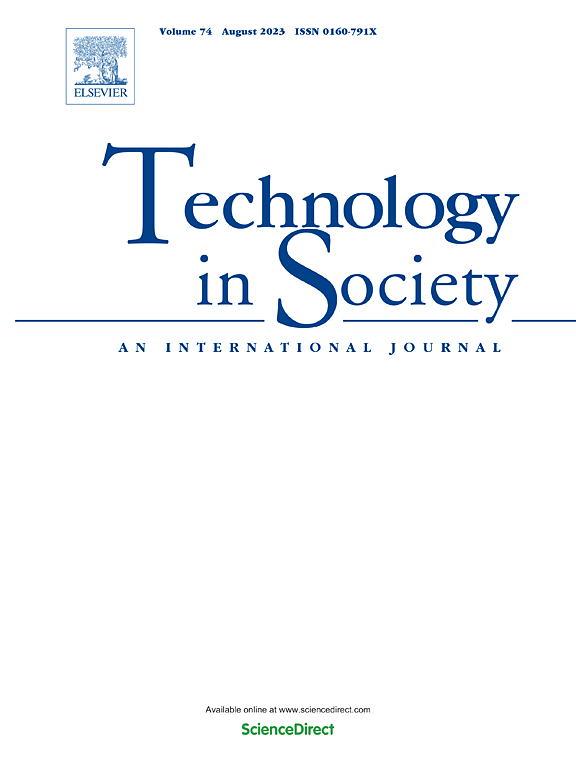
Szymkowiak, Andrzej et al. “Information Technology and Gen Z: The Role of Teachers, the Internet, and Technology in the Education of Young People.” Technology in Society 65 (2021): 101565. Print.
This paper explores how technology and the Internet impact knowledge acquisition among Generation Z, emphasizing their preference for mobile applications and video content over traditional forms of learning. The research, conducted among 498 active users of an online knowledge-sharing community, highlights the influence of modern technologies in education and offers practical recommendations for educators.
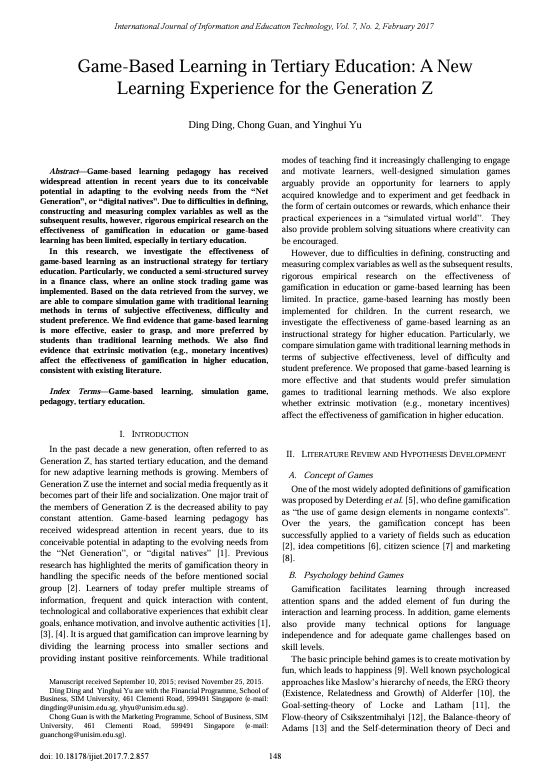
Ding, Ding, Chong Guan, and Yinghui Yu. “Game-Based Learning in Tertiary Education: A New Learning Experience for the Generation Z.” International Journal of Information and Education Technology 7.2 (2017): 148–152. Print.
This paper investigates the effectiveness of game-based learning in tertiary education, particularly in a finance class using an online stock trading game. The study finds evidence that game-based learning is more effective, easier to grasp, and more preferred by students compared to traditional learning methods, with extrinsic motivation affecting the effectiveness of gamification in higher education.
Books
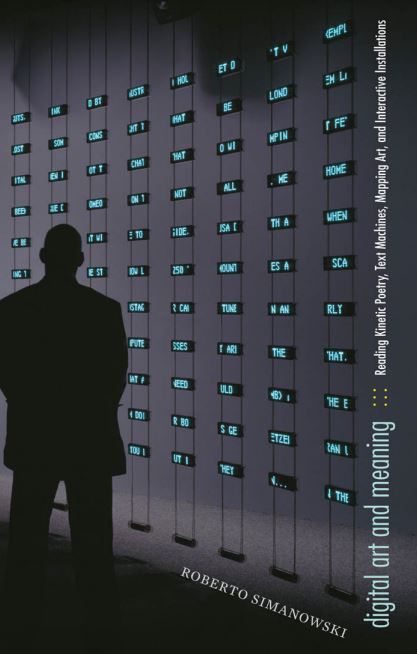
Simanowski, Roberto. Digital Art and Meaning Reading Kinetic Poetry, Text Machines, Mapping Art, and Interactive Installations. Minneapolis: University of Minnesota Press, 2011. Print.
This book serves as a comprehensive exploration of the significance and interpretation of various digital art forms, offering readers a deep dive into the world of interactive and meaningful artistic experiences.
Case studies
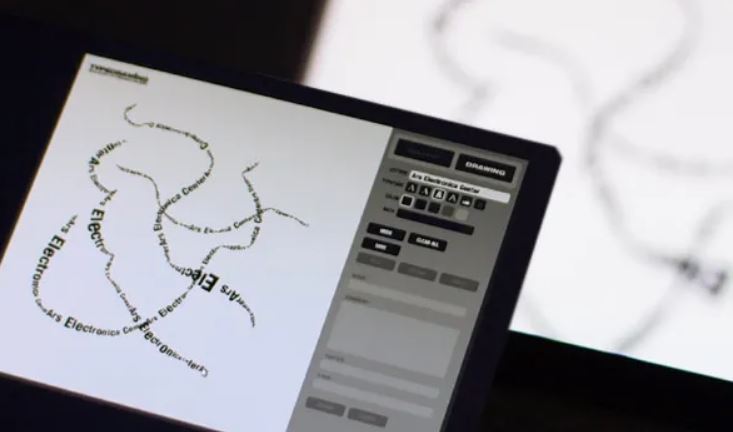
Type Drawing
In the "Type Drawing" artwork, users input text through a computer or mobile device. However, this inputted text isn't displayed as-is; instead, it is drawn along a path based on the user's movement direction. For instance, if a user moves their phone left or right, the text similarly flows left or right along a path. This way, the text is visually represented by following the actual movements of the user. This process results in the creation of unique artworks where the text is drawn within the space according to the user's actions.
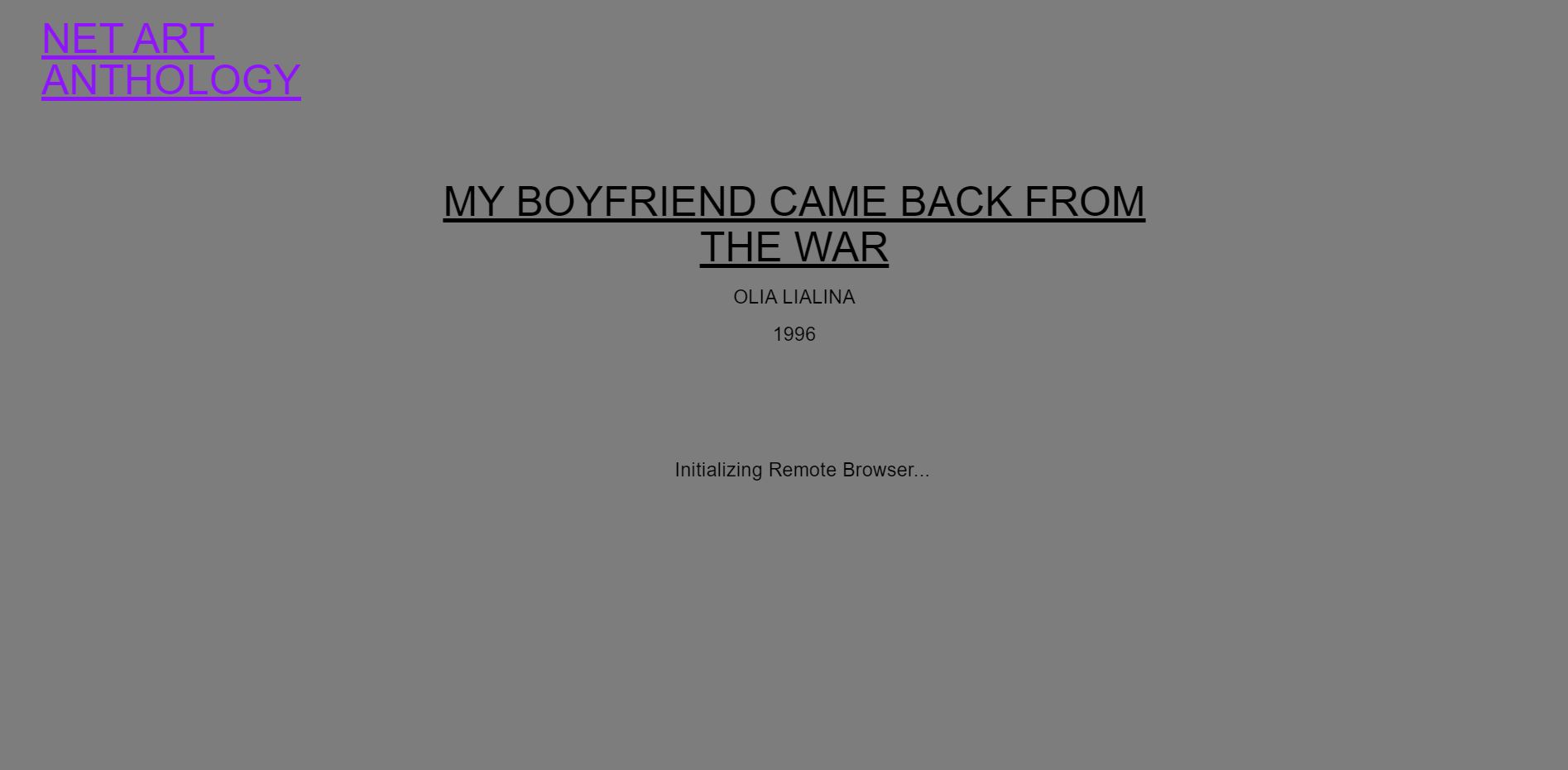
My Boyfriend Came Back From the War
My Boyfriend Came Back From the War is an example of interactive hypertext storytelling. The work consists of nested frames with black and white web pages and (sometimes animated) grainy GIF images. When clicking hyperlinks in the work, the frame splits into smaller frames and the user reveals a nonlinear story about a couple that is reunited after a nameless military conflict.
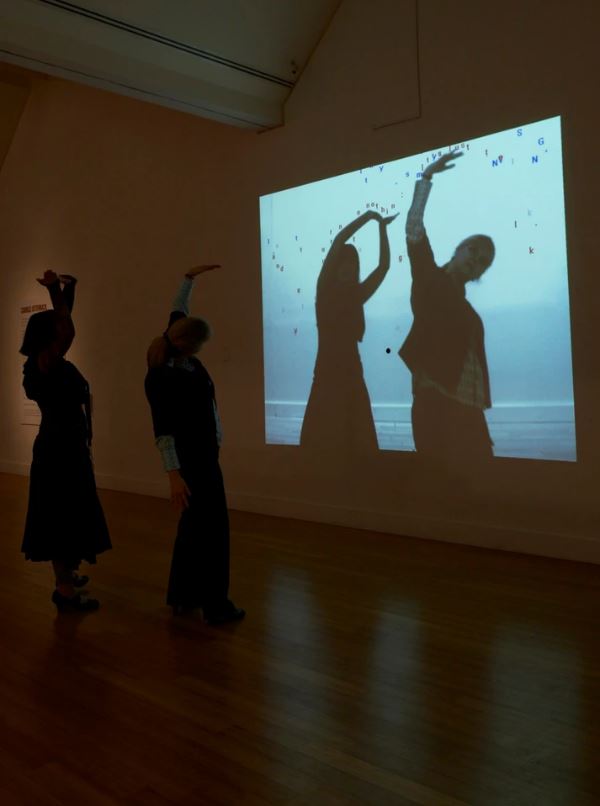
Text rain
Text Rain is an interactive installation in which participants use the familiar instrument of their bodies, to do what seems magical—to lift and play with falling letters that do not really exist. In the Text Rain installation participants stand or move in front of a large projection screen.
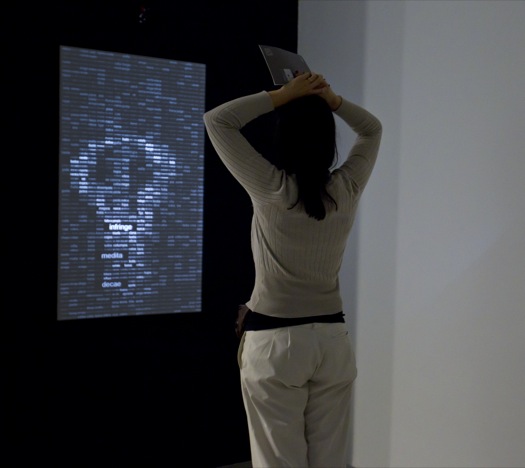
The third person
This piece shows the viewer's shadow revealing hundreds of tiny words that are in fact all the verbs of the dictionary conjugated in the third person. The portrait of the viewer is drawn in real time by active words, which appear automatically to fill his or her silhouette. The collector may choose to display the words in English, Spanish or French, or a combination of the three languages.